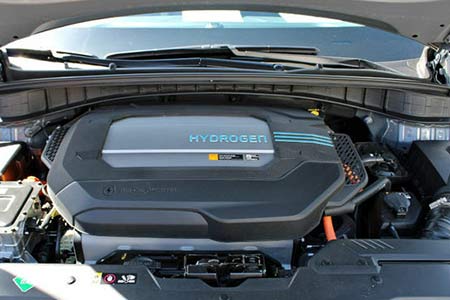If finally the hydrogen battery ends up becoming a massively accepted propulsion mode, as an alternative to internal combustion engines and current hybrids, the workshops should start to equip themselves with the facilities and tools necessary to repair this type of vehicle. For this, they will have to take into account certain aspects, which recalls the Iberisa blog.
First, the workshop facilities must have adequate ventilation to safely and quickly dissipate loose hydrogen, which is extremely flammable.
We must also take into account that hydrogen is lighter than air, so the facilities to repair cars driven by this gas must have a ventilation on the top, without sources of ignition near it.
In general, the workshop repair area is an area where sparks may occur. If there is an elevator, the safety lock on the upper part of the lift must change the electrical to pneumatic switching.
The cost of adapting the workshop to carry out these works can be high. Therefore, some workshops that do not want, or can not, assume this investment, choose to carry out repairs abroad, since being outdoors, the dangers of the accumulation of hydrogen are eliminated. It is not the ideal solution, but it is always better than to repair in inadequate facilities.


